Focal Utopia Headphones Review (Hands-on): Here's How it Differs from Stellia
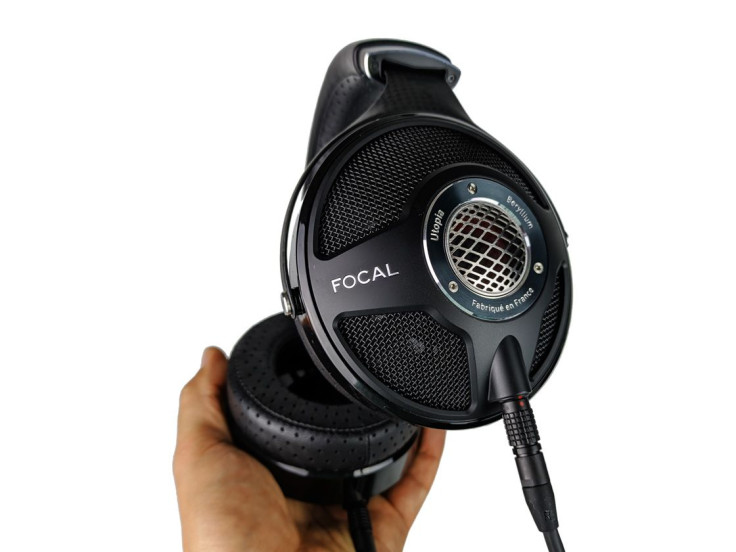
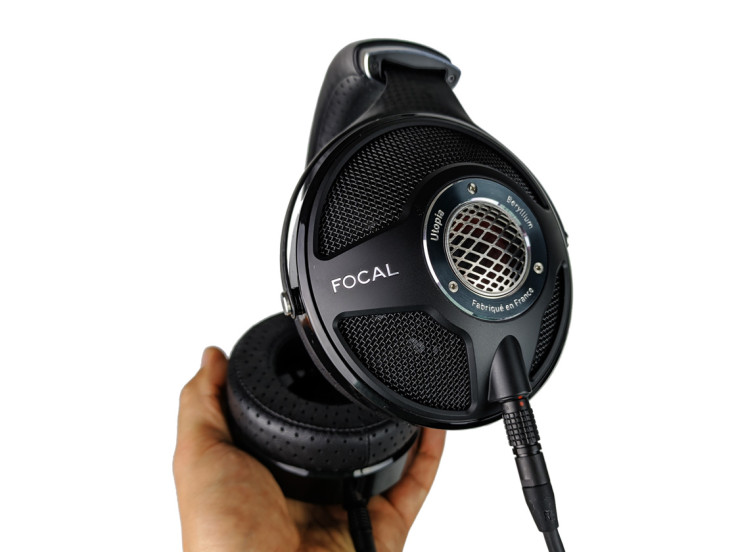
Who is the Focal Utopia for?
- As Focal's flagship headphone, the Utopia has a surprisingly customizable sound and will comfortably accommodate whatever equalization it's given
- The Utopia is for those who want the most premium built headphones around. Its metal and leather construction won't disappoint, especially with a design that is oriented for durability
- For those who finds closed-back headphones stifling, and prefer speaker setups, the Utopia's fully open cup design is less headphone and more like having monitor speakers placed over the ears, which keeps the ears cool and the soundstage airy
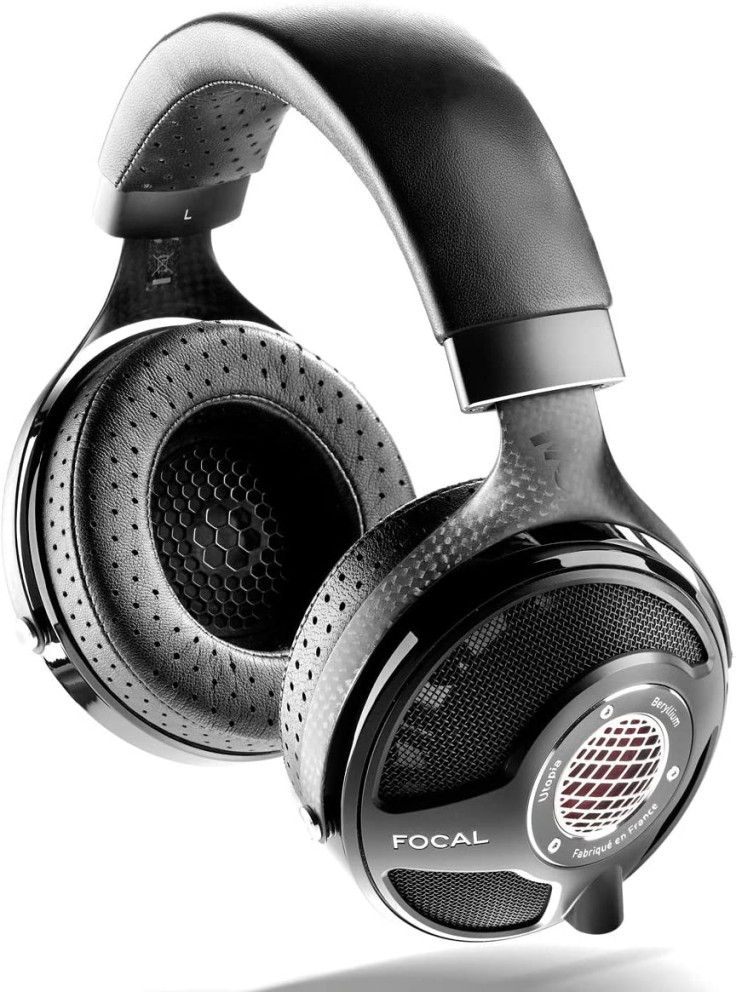
Having had an amazing experience with the Focal Stellia + Arche combo (the full review here), I honestly did not know how the Utopia, Focal's flagship headphone can top the experience. On paper, it seems like the difference between the Stellia and Utopia was mainly the fact that one is a closed back design, and the other open back - which usually means a broader and more open soundstage for the latter. However, the soundstage on the Stellia when combined with its balanced XLR cable and the Arche DAC/AMP was already mindblowingly life-like, what more the Utopia could bring to the table?
This is the precise reason why I'm writing this hands-on review, to inform you that the Stellia and Utopia headphones are completely different - as different as apples are from oranges. They cater for completely different crowds, and hopefully through my impressions on the Utopia, you'll be able to make an educated decision of which one is for you.
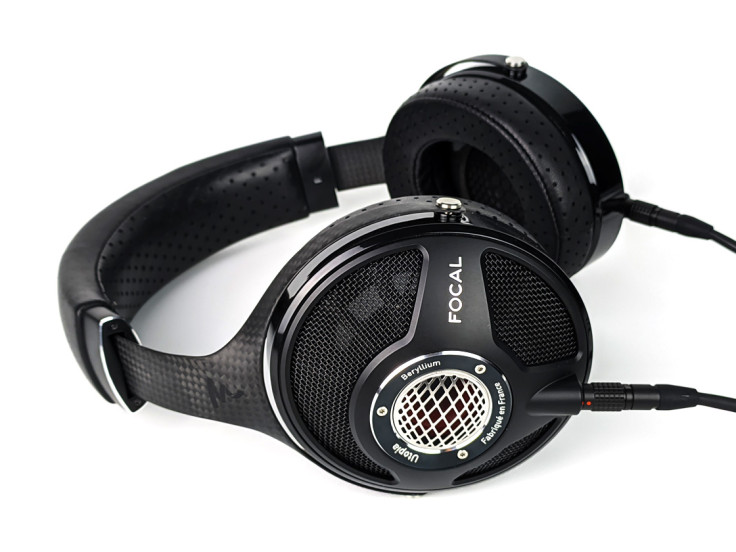
Premium but Durable Build
Though the overall shape and profile of the Utopia is very similar to that of the Stellia, the design of the two are quite different from one other. Whereas the Stellia went for a 'steampunk' look with the brass tone and tanned leather, the Utopia's black leather headband, carbon fiber yoke, black metal grills and polished cups has a dark and sleek look that reminded me of Darth Vadar's iconic polished black armor.
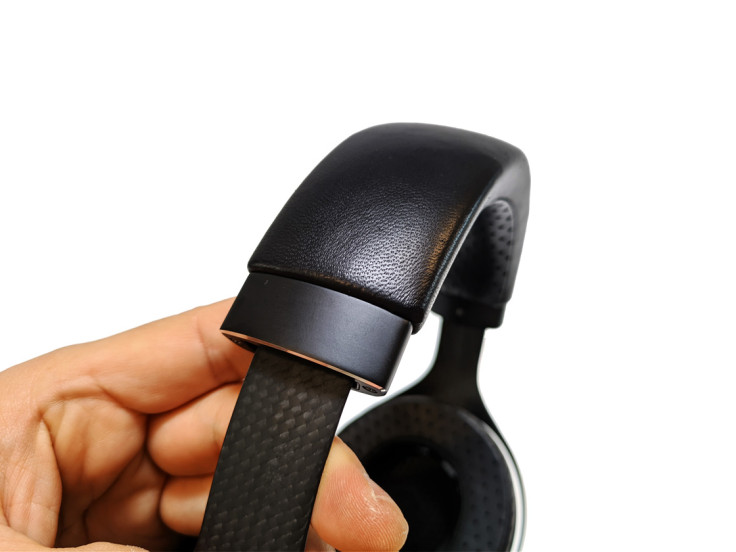
The difference between the Utopia and Stellia however goes beyond the aesthetics, but the Utopia build is evidently tougher and the metal grills construction on the cups seem like they can take much more punishment than the supple leather covered cups on the Stellia. Adding to it yokes that are made from actual carbon fiber that looks like custom parts on a car kit, the Utopia seems a notch tougher than Stellia's exquisite build which makes one feel compelled to handle with care.
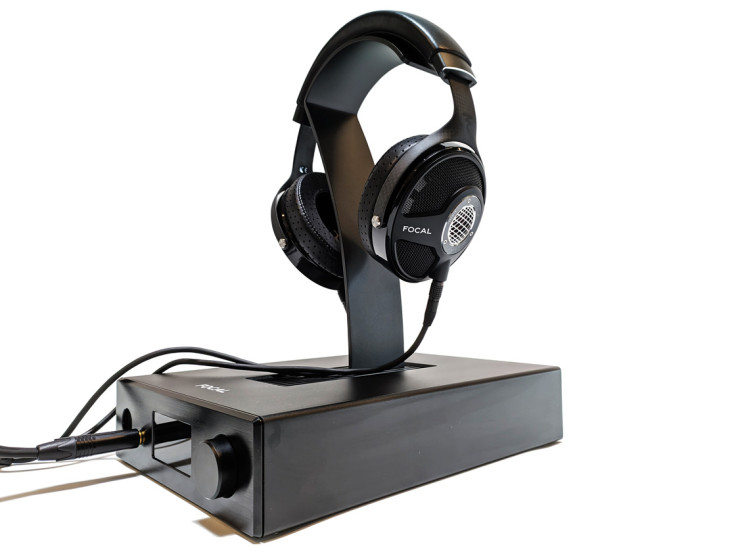
Highly Customizable and Flexible Sound
As mentioned previously, I expected the sound difference between Focal's top headphones would be a matter of soundstage due to their open/closed design, but this expectation could not be further from my actual experience.
Whereas the Stellia had a very specific sound profile, which was the reason why coupling it with the custom tuned Arche was crucial to make it really sing, I found that with the Utopia, its sound profile was much more neutral.
Interestingly, in my tests I found that the soundstage did not vary greatly between the two headphones, which is a testament to the Stellia's amazingly wide soundstage despite being a closed-back design. What differed between the two headphones instead was the tuning. Where Stellia strives for realism and texture, Utopia has a more neutral sound, even when paired with the Arche. It wasn't until I started testing the tunability through equalization that I realized where the prowess of the Utopia was.
Whereas the Stellia was perfected by the Arche, it's tuned sound doesn't sound nearly as good and can easily sound unbalanced or even harsh when over equalized. The Utopia however was able to produce whatever equalization I threw at it, and pumped out the customized sound with ease without harshness or distortion.

When coupled with the RME ADI-2 DAC FS which is one of the best DAC in the market with built-in equalization, the Utopia could handle any sort of low-end boost that I threw at it, as well as boost the mids and highs with clarity and competence. Conclusively, I found the Utopia to be a tuner's dream. It is a headphone with amazing capabilities that is presented as a blank canvas, and can be enjoyed as it is, or be whatever you want it to be.

Complete Open Air Experience
With wearing most open-back headphones, the sensation is usually like having foam pads resting on my ears, where sound and air can still enter through its peripherals - but the speakers are more or less aimed point-blank at my ears. The Utopia however is quite different, as the memory foam seals the circumference of the cup, but the drivers are suspended in the center of an open metal mesh dome. This creates an open space right above the ears, that then mixes the sound output with air and ambiance.
The resulting effect shifts the headphone listening experience towards listening to a pair of speakers that has space to mix the sound with the free flowing ambient air, creating a result that is quite unlike other headphones in the market.
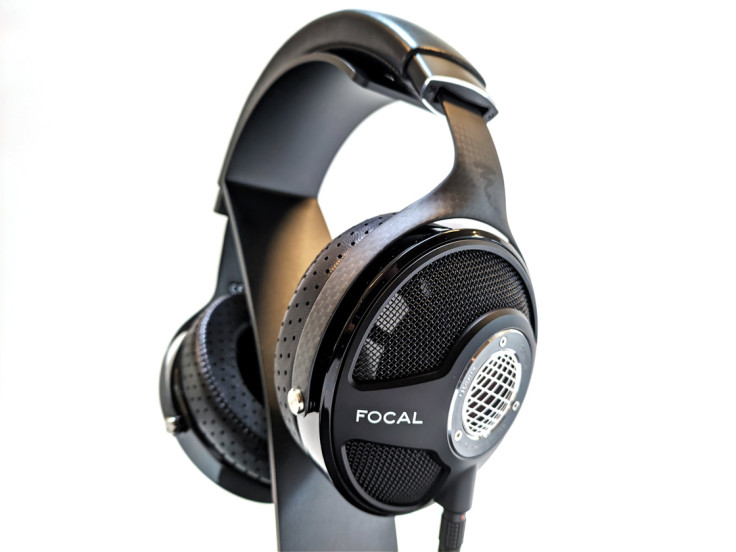
Final Remarks
The Focal Utopia is by all means a serious investment, and according to my experience with it, I'm confident that it's an investment that will last. It is an extremely well-built headphone that's durable and will age well, but more than that, it's highly customizable sound will ensure that even if your taste in music changes over time, you can tune the Utopia to fit any music genre and it will handle your demands like a champ.
David is a tech enthusiast/writer who is often on the move, but since the lock-down is on a mission to explore gadgets to improve his 'home work'. This is a contribution to an ongoing IBTimes review series on gadgets for Home Productivity.
© Copyright IBTimes 2024. All rights reserved.











